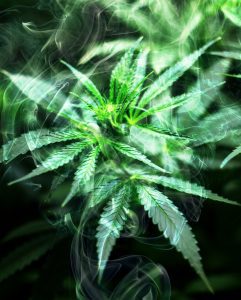 Recently, I attended a conference on chronic pain and treatments. A woman in the audience made a passionate case for the use of marijuana for pain relief. Her source was friends who used it and reported that it helped. The conference leader, associated with a major university, responded to her question about the effectiveness of marijuana for pain by saying, there is currently no evidence to support this.
Recently, I attended a conference on chronic pain and treatments. A woman in the audience made a passionate case for the use of marijuana for pain relief. Her source was friends who used it and reported that it helped. The conference leader, associated with a major university, responded to her question about the effectiveness of marijuana for pain by saying, there is currently no evidence to support this.
If you listen to a people talk about the help they have received taking medical marijuana, you might be convinced that it works great for chronic pain. But, in the medical world, we judge the effectiveness of a treatment based on the evidence, not personal stories. Right now, we lack that evidence. There just are not enough studies to say whether or not cannabis is effective for pain relief.
Medical marijuana is legal is 30 states and Washington D.C., but is still illegal on the federal level. It is rated as a drug (Schedule 1) that has high potential for abuse with “no currently accepted medical use (Medscape, April 24, 2018). After reviewing seven studies, the National Academies report found that cannabis worked best for nerve pain (neuropathy), cancer-related pain and improved muscle spasms in patients with multiple sclerosis. However, a European Academy report noted downsides to use–more car accidents, unintentional overdose injuries among children, increase in bronchitis when smoked, increase in schizophrenia and depression, low birth rates and more. Use can also affect heart rate, blood pressure and balance.
At the conference we were also told that overall, there is little research with chronic pain as noted above, showing little benefit, with it possibly helping sleep and reducing anxiety. However, 10% of users become addicted, and those who use it because they have opioid use disorder, don’t reduce the use of opioids–39% of people who are long time opioid users also use pot. And where use is legal, teen ER visits related to use have increased by 170%. The conclusion of this section of the conference was that exposing people to marihuana without evidence of its effectiveness for pain may increase the problem of abuse.
Clearly, this is an area where more studies are needed. The jury is still out on the effectiveness and the cost-benefits in terms of the science. Yet, I know this is an area that people feel passionate about one way or another. Usually, this is based on stories from friends or personal use. For me, it is important to follow the data and look at the science. And that will take more time.


